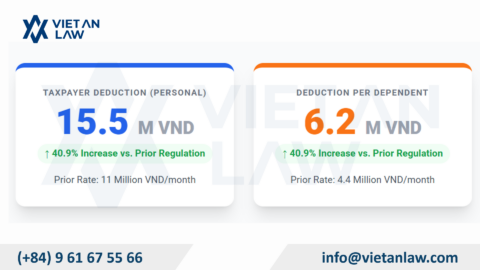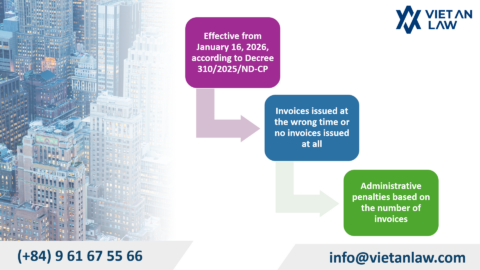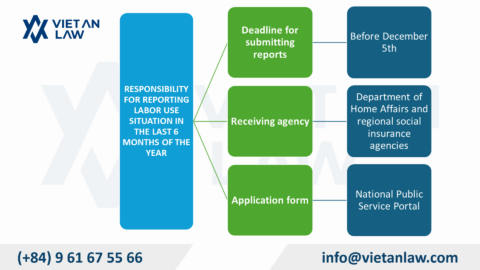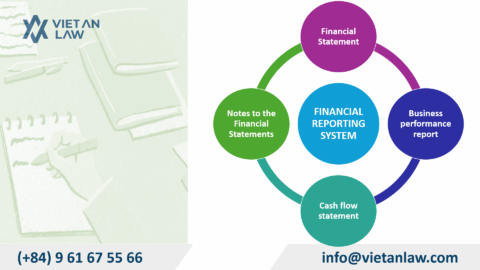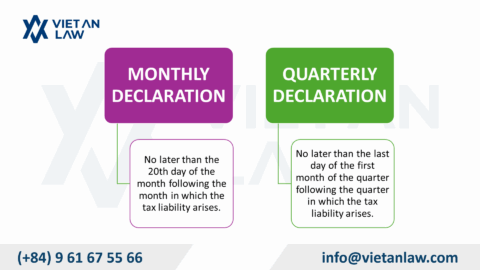Navigating the complexities of Vietnamese accounting can be challenging, especially when dealing with invoices before goods are received. Understanding how to properly account for these transactions is crucial for maintaining accurate financial records and ensuring compliance with local regulations. This guide will clarify the necessary steps and considerations for businesses operating in Vietnam. How to account for invoices before goods later? This must be a question that many accountants ask. Please follow the article below of Viet An tax agent to get a thorough answer about this issue.
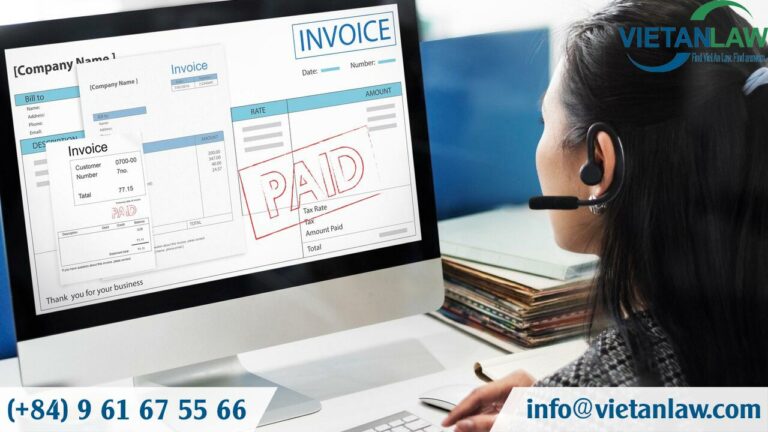
Table of contents
In the purchasing process of a business, it will usually be the goods first and the invoice later. However, there are some cases where businesses may receive invoices but the goods have not arrived in the warehouse:
Goods that are identified as short-term assets and under the ownership of the enterprise but have not been warehoused in the month, when receiving the invoice from the seller, the accountant needs to monitor and record in the dossier of goods on the way:
Debit Tk 151 (account of goods purchased on the way): The value of goods excluding VAT.
Debit Tk 1331 (input VAT account is deducted
Debit Account 111,112,331 (cash account, bank deposit, or payable): The total payment value stated on the invoice.
Based on the warehouse receipt slip and the quality and quantity inventory process, the bookkeeper shall record the books as follows:
Debit A/C 152,156 (Raw materials and goods account)
Cr 151 (Purchased goods account on the way)
In case of loss of goods in the process of transportation, the accountant needs to base on the record of delivery and receipt and account the value of the lost goods as follows:
Dr 1381 (Pending missing account): Reflecting the value of inventory that has been lost for unknown reasons
Dr 632: Natural loss value in the norm
Cr 151: Total value of losses and losses
In case the purchased goods are delivered directly to the customer’s warehouse or consigned to the agent, the accountant will account this economic operation as follows:
Dr 632, 157 (Account on cost of goods sold, goods consigned to dealers): Value of goods purchased without warehouse
Cr 151: Value of purchased goods not returned to warehouse
On January 1, 2025, company A buys goods from company B with a total price of 50,000,000 VND, 10% VAT, delivery terms at the seller’s warehouse. On 01/01/2025, company B issues an invoice to company A. By 31/01/2025, the goods are still in the process of transportation and have not been warehoused at company A. By 15/2/2025, the goods arrive at company A and are fully inventoried according to the number of invoices issued by company B. Company A receives the goods and then pays to company B. In this case, the accountant of company A shall account as follows:
Debit Account 151: 50,000,000
Debt of Account 1331: 5,000,000
Credit Tk 331: 55,000,000
Debt of Account 15: 50,000,000
Yes Tk 151: 50,000,000
On February 15, 2025, company A pays for the goods to company B:
Debit Account 331: 55,000,000
Yes Tk 112: 55,000,000
Above, Viet An tax agent has instructed you how to account invoices in detail before and after according to cases. Hopefully, our article below will help you in the accounting profession. Please contact us via the hotline if your unit needs to hire a package of tax accounting services!
